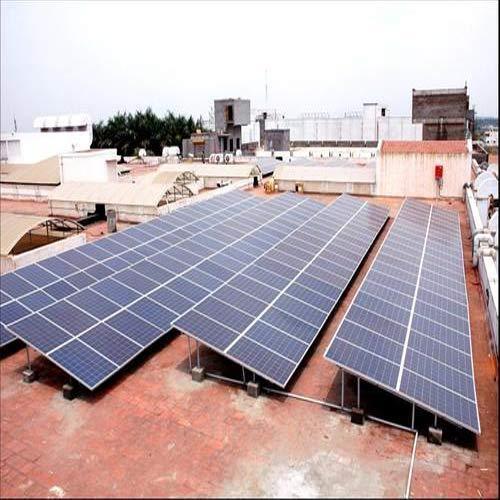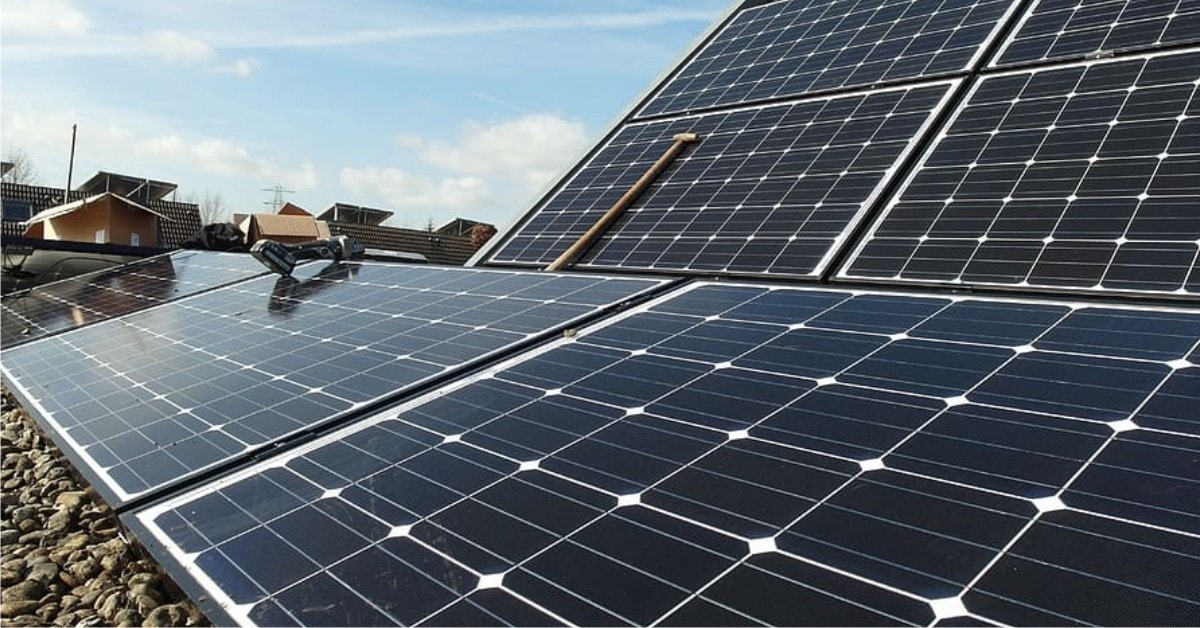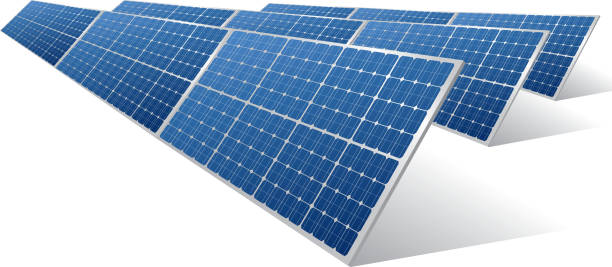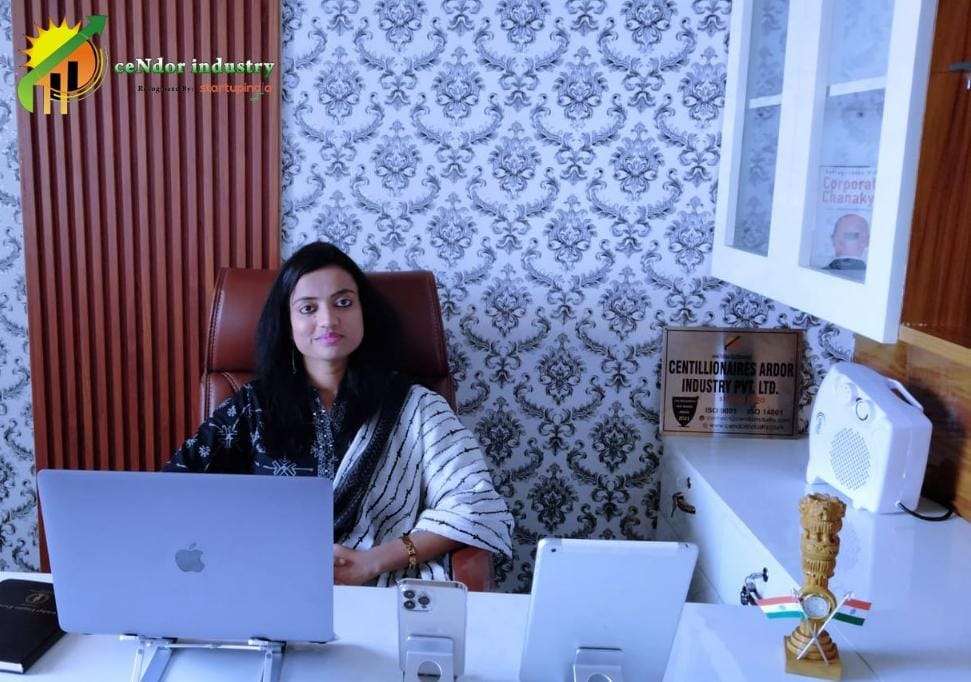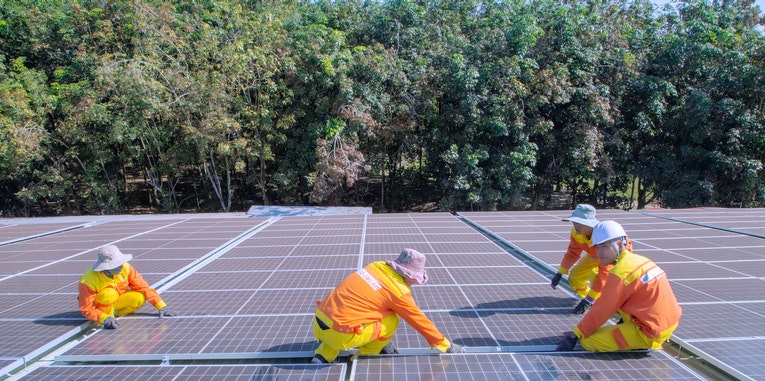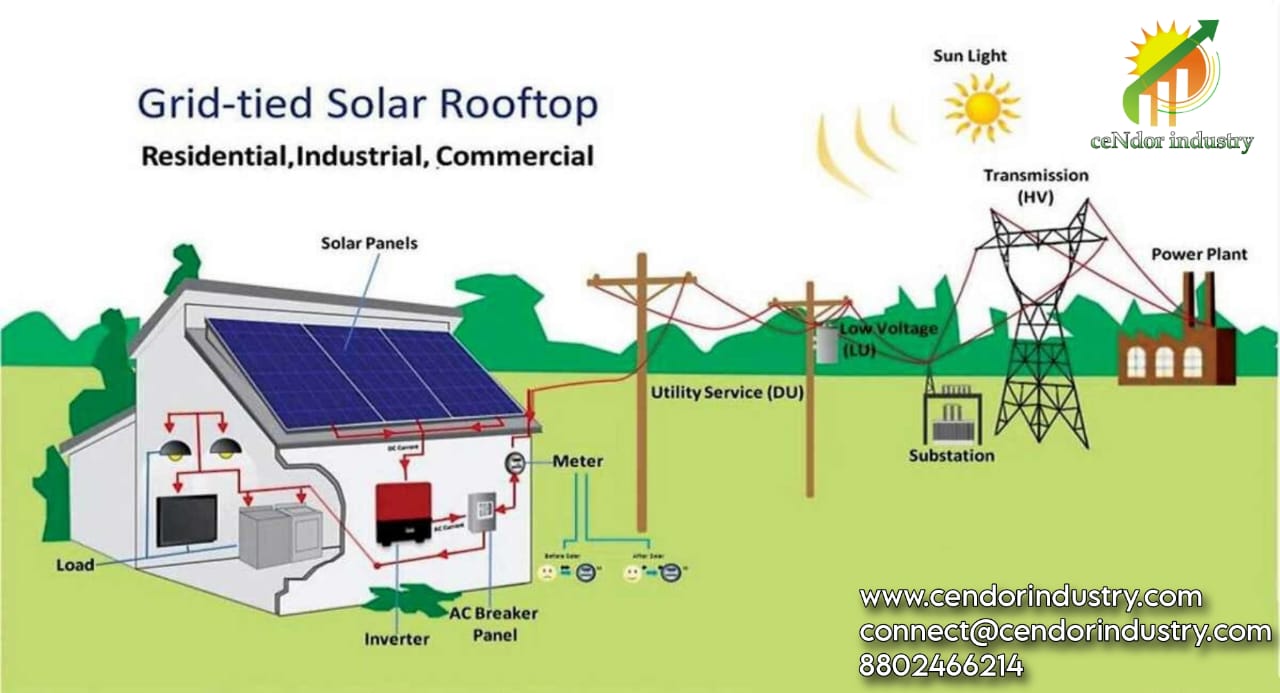
What is ON-GRID solar plant system and how it can generate passive income
An on-grid solar system, also known as a grid-tied solar system, is a solar power setup that is connected to the local electric grid. It consists of solar panels, an inverter, and various components to harness energy from the sun and convert it into electricity. Here's how it works:
Solar Panels: These are installed on rooftops or in open areas to capture sunlight.
Inverter: The solar panels generate direct current (DC) electricity. The inverter converts this DC power into alternating current (AC) electricity, which is used in homes and businesses.
Grid Connection: The AC electricity generated by the solar panels is fed into the local electrical grid through a bi-directional meter. This allows excess electricity to be sent to the grid when your solar system produces more power than you need.
Net Metering: In many regions, net metering is employed. This means your electricity meter can run backward when your solar system produces more electricity than you consume, effectively giving you credit for the excess power.
Energy Consumption: When your solar panels don't produce enough electricity (e.g., at night), you draw power from the grid as usual.
Advantages of on-grid solar systems include the ability to reduce electricity bills, potentially earn credits for excess power, and contribute to a greener environment. However, they do not provide power during grid outages since they rely on the grid for backup.
It's important to note that regulations, incentives, and grid connection policies can vary by location, so it's essential to check with local authorities and utilities when considering an on-grid solar installation.
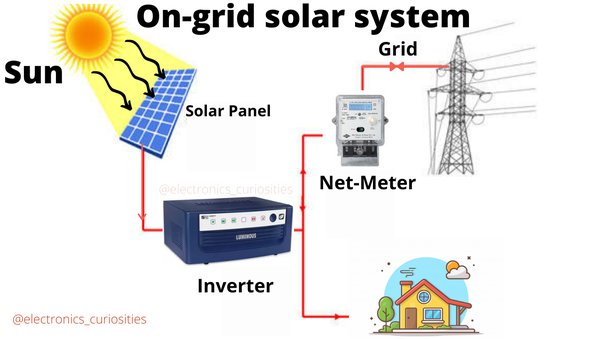
An on-grid solar system can generate passive income through a mechanism called net metering or selling excess electricity back to the grid. Here's how it works:
Solar Generation: The on-grid solar system generates electricity during the day when the sun is shining.
Excess Electricity: If your solar panels produce more electricity than your home consumes, the surplus electricity is sent back to the grid.
Metering: A bidirectional meter measures both the electricity you consume from the grid and the excess electricity you feed back into the grid.
Net Metering: In many places, you can earn credits for the excess electricity you provide to the grid. These credits can offset the electricity you consume at night or during cloudy days when your panels aren't producing as much.
Passive Income: Over time, these credits can accumulate, effectively reducing your electricity bills or even resulting in a surplus. This surplus can be considered a form of passive income because you're earning money from your solar system without actively working for it.
However, the extent of passive income from an on-grid solar system depends on various factors, including your location, electricity rates, system size, and local net metering policies. It's essential to research and understand the financial implications and regulations in your area before investing in such a system.
CONNECT US FOR ONGIRD SOLAR PLANT INSTALLATION
Need Assistance?
ceNdor industry Care
+91 81307-30701Address
203, 1st Floor, Airport Icon, Airport Road, Bhuj, Gujarat-370001







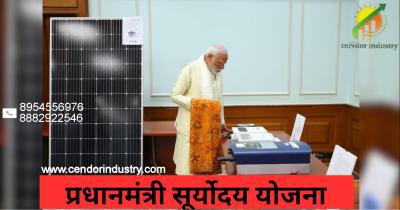
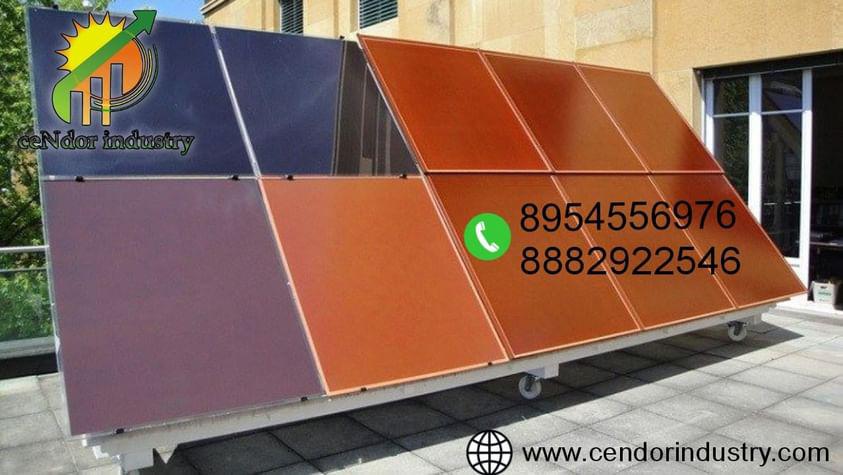
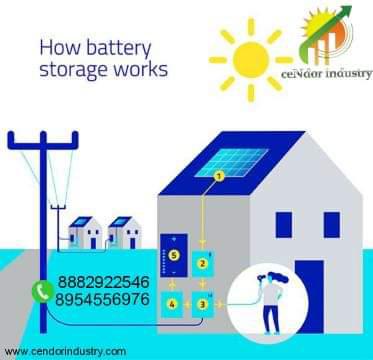
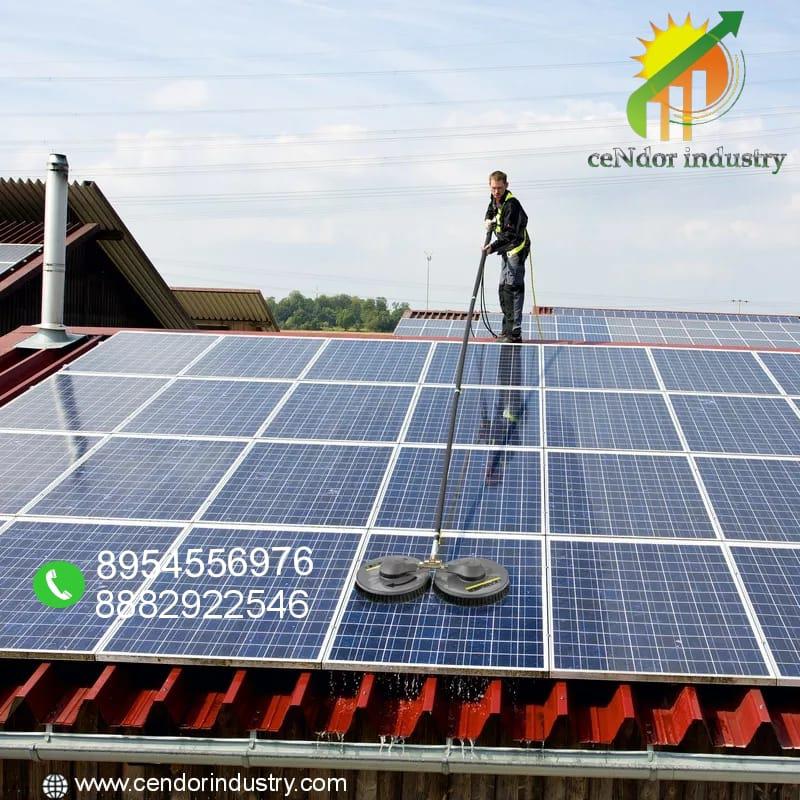
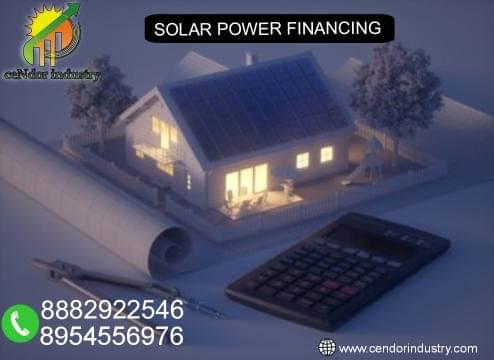
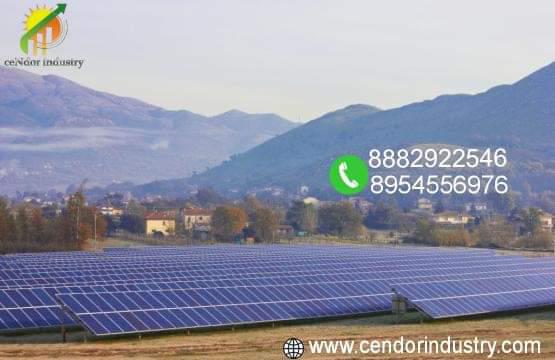
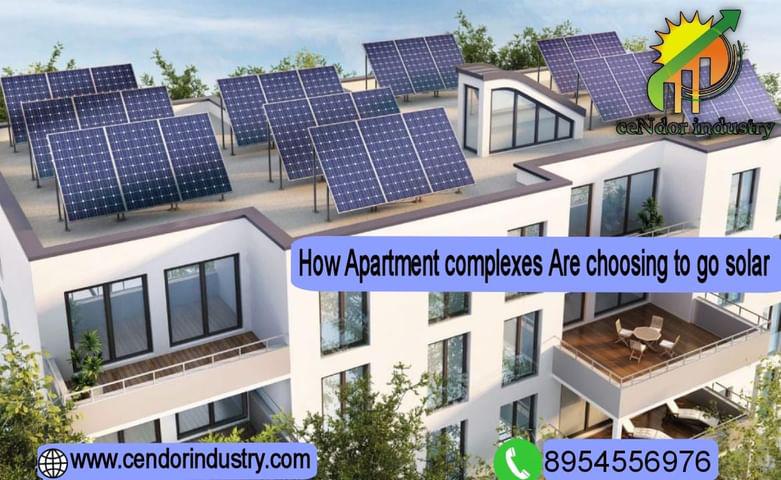
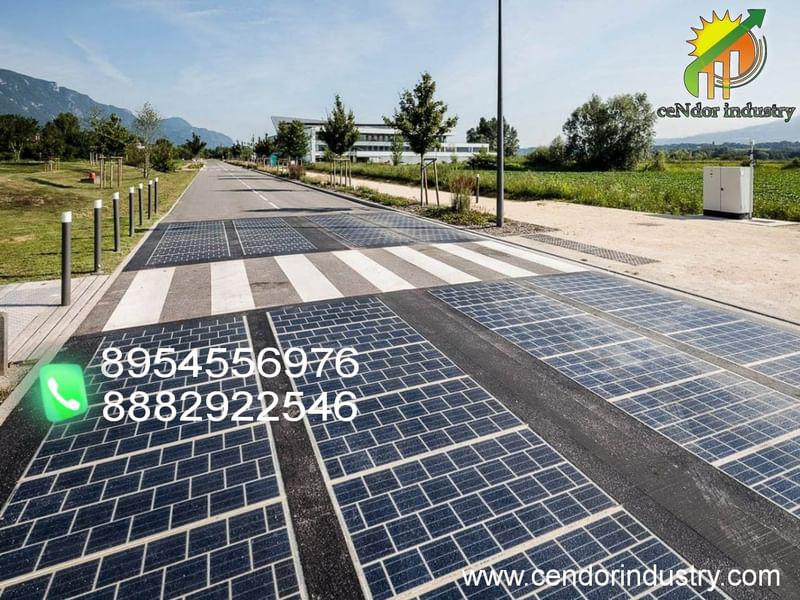

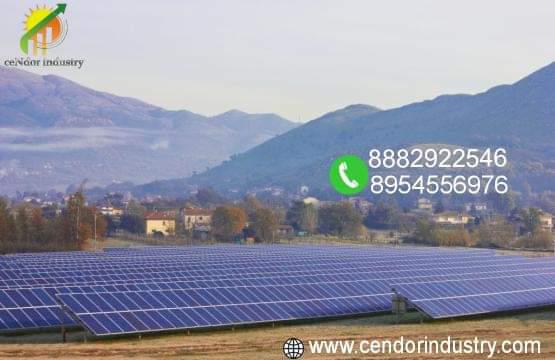
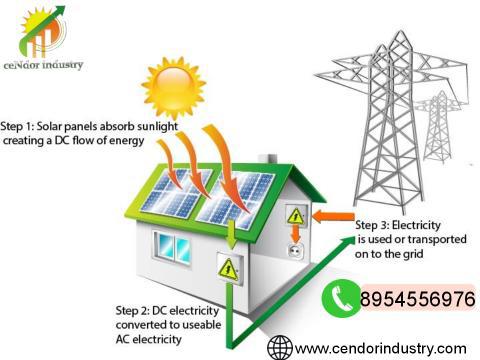
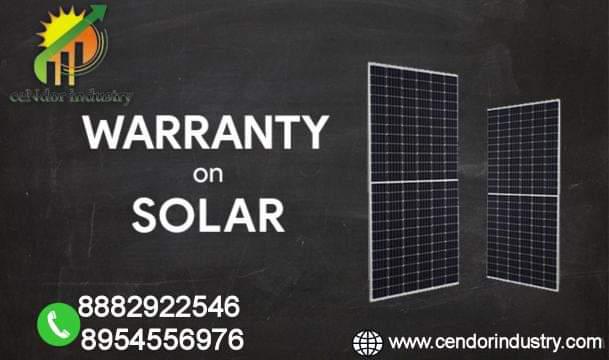
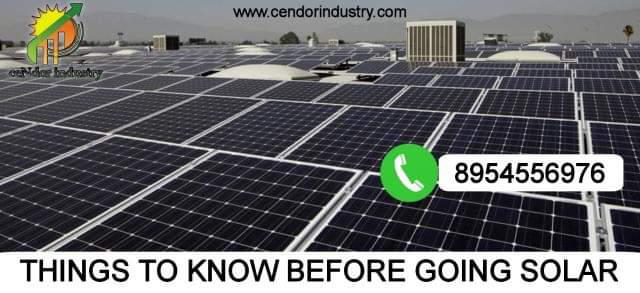

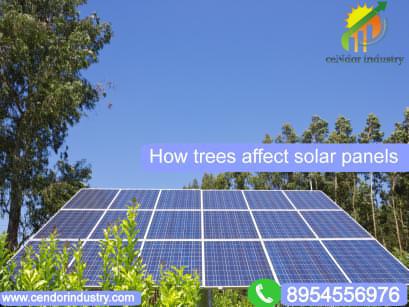
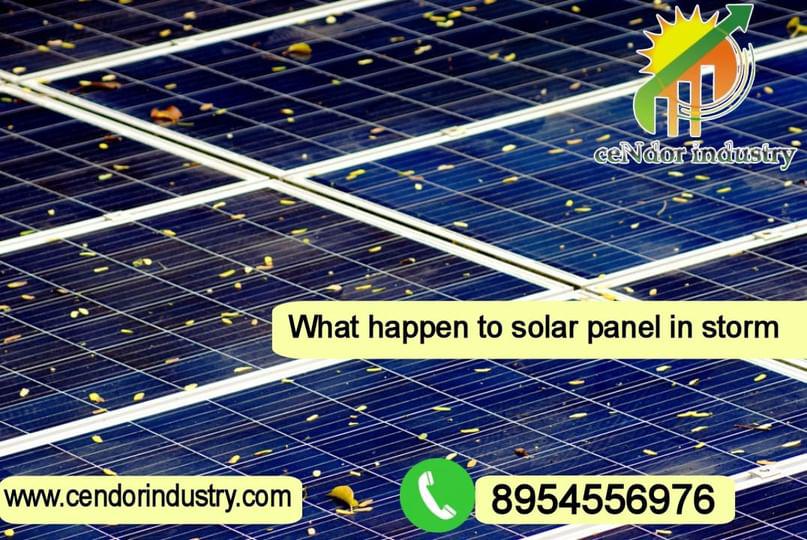


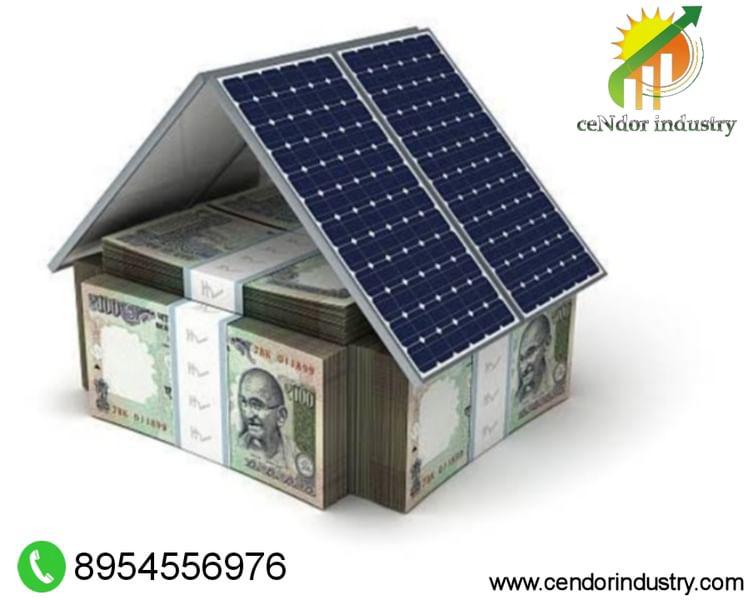
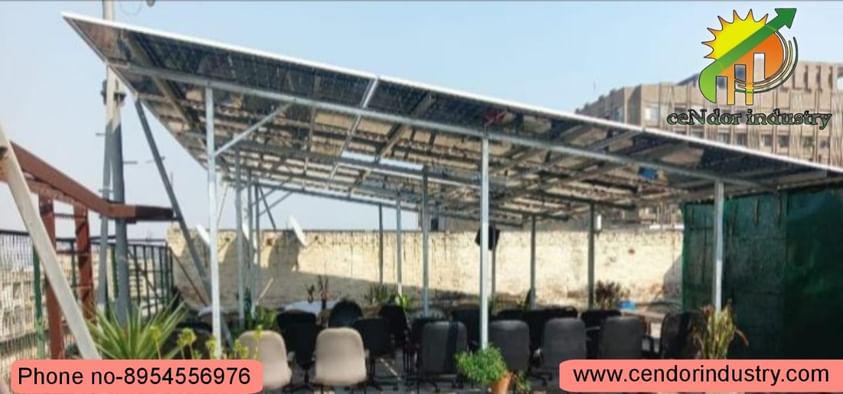
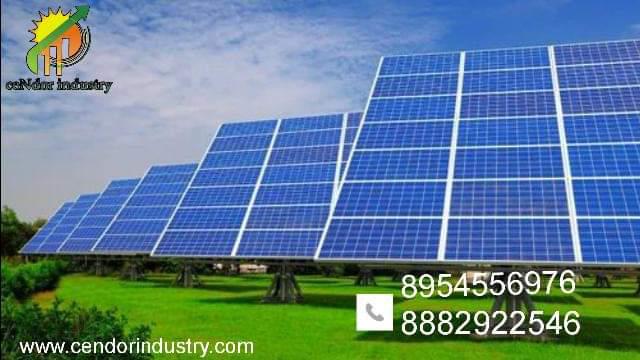
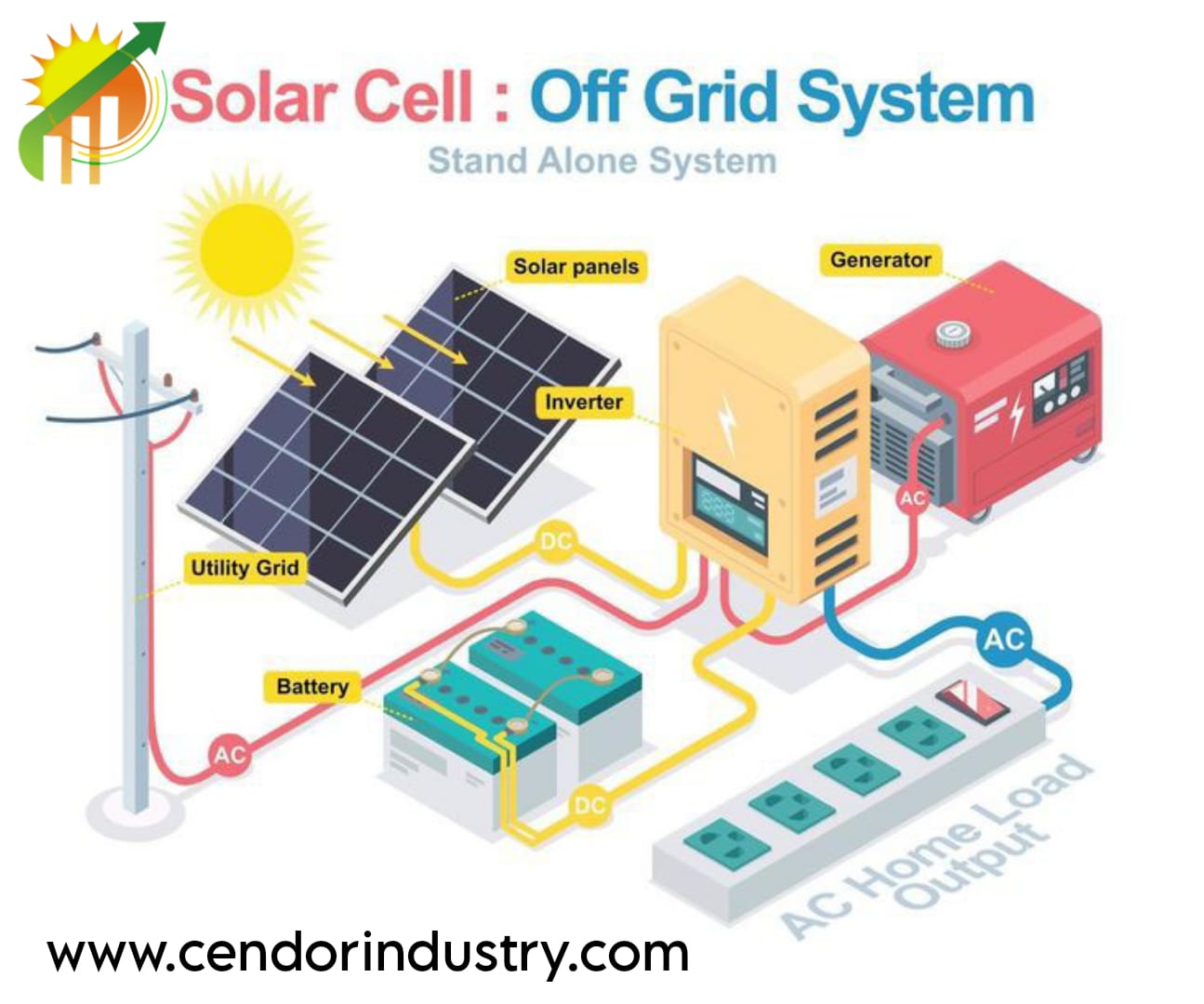
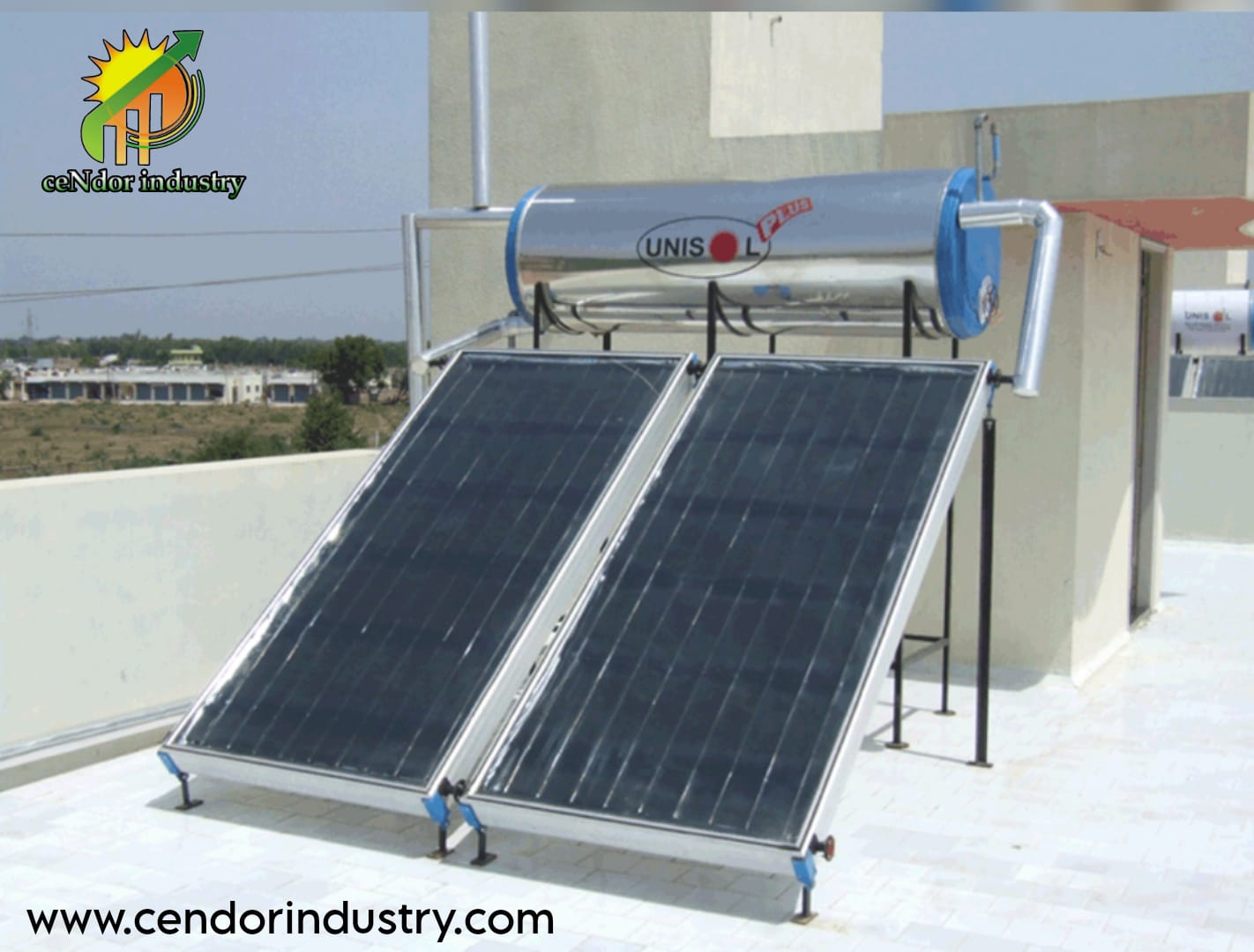


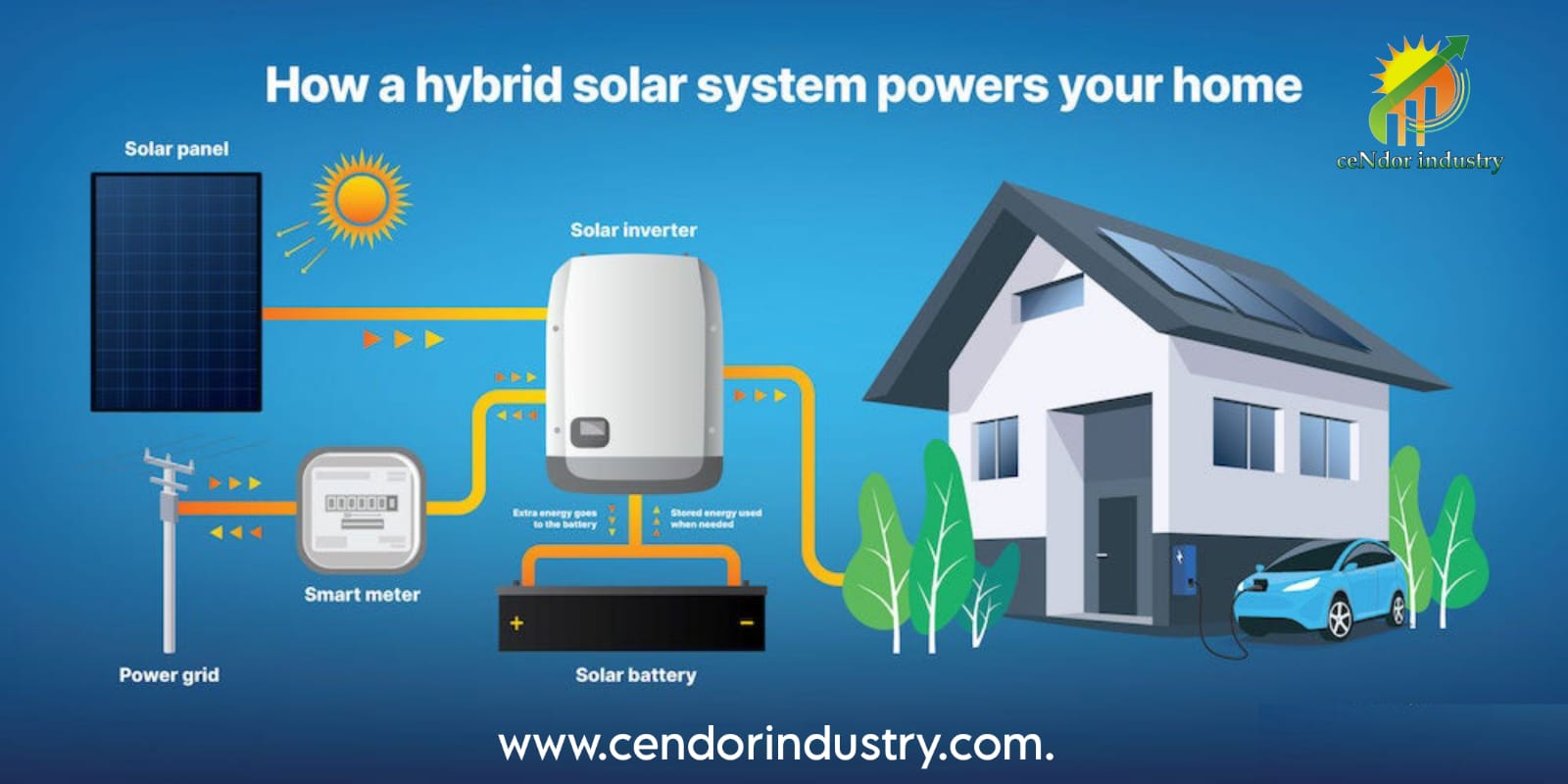

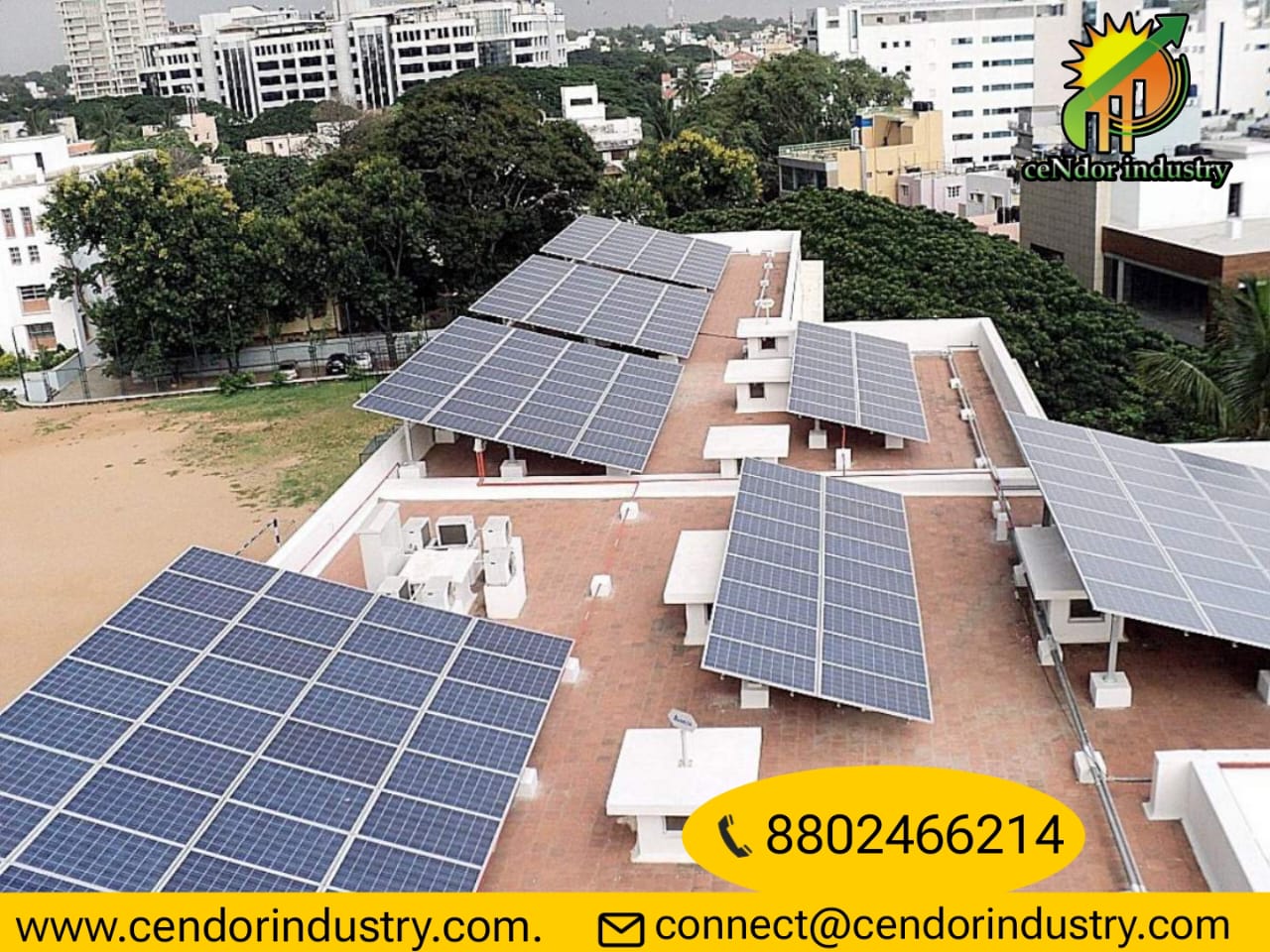



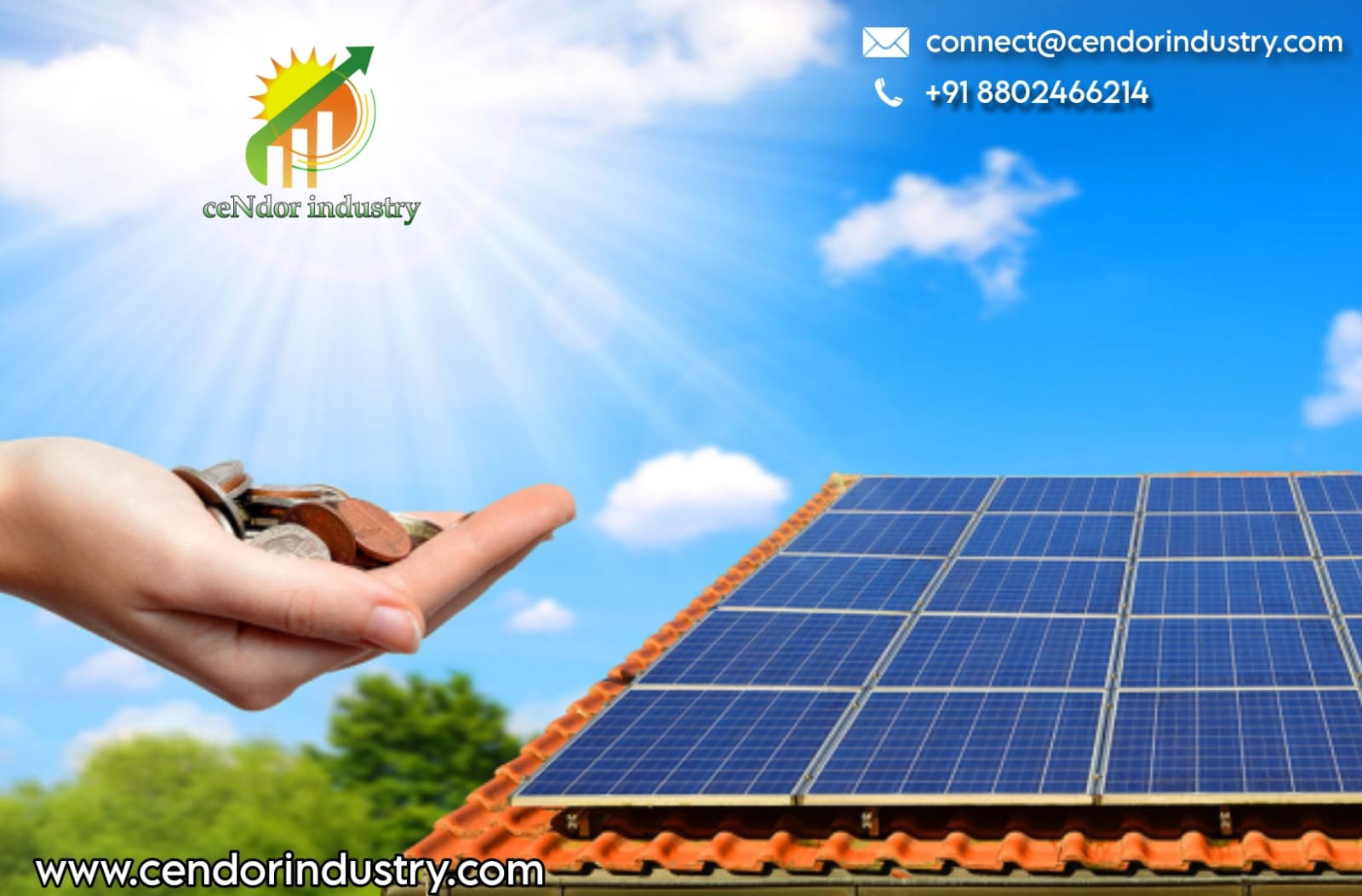

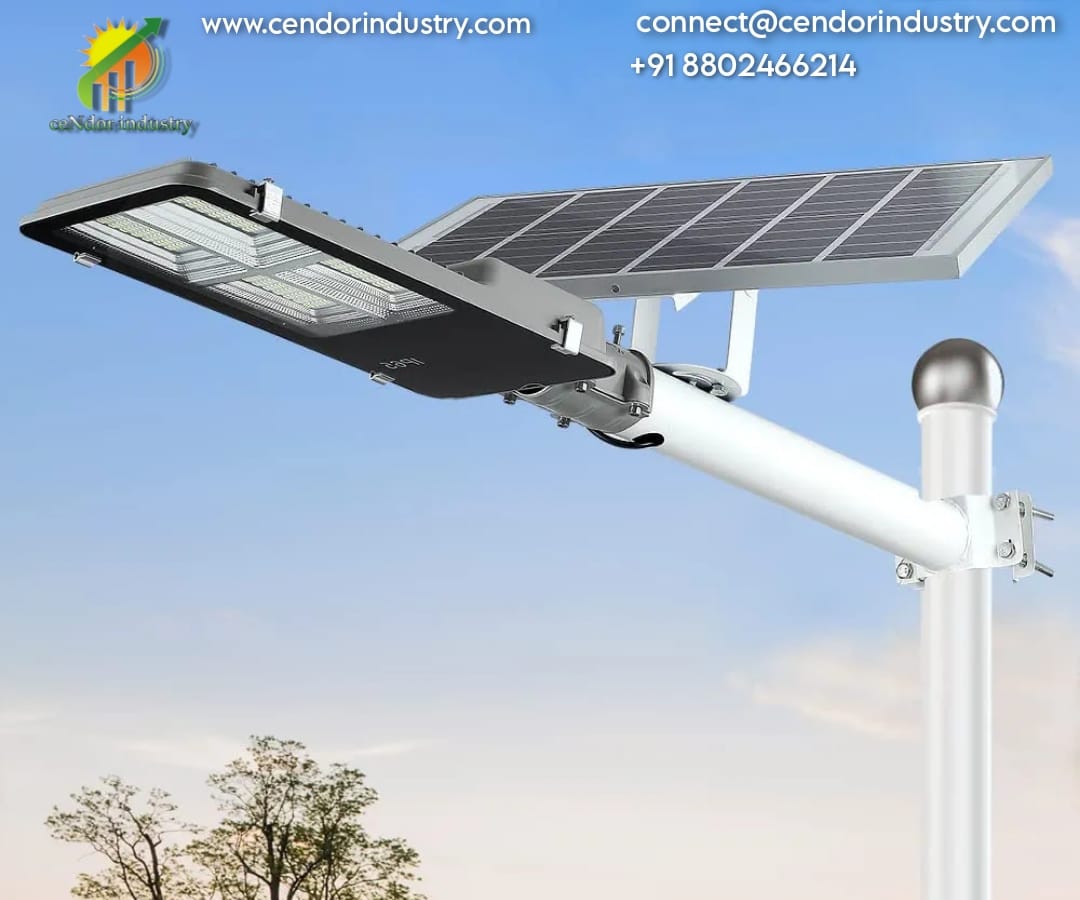

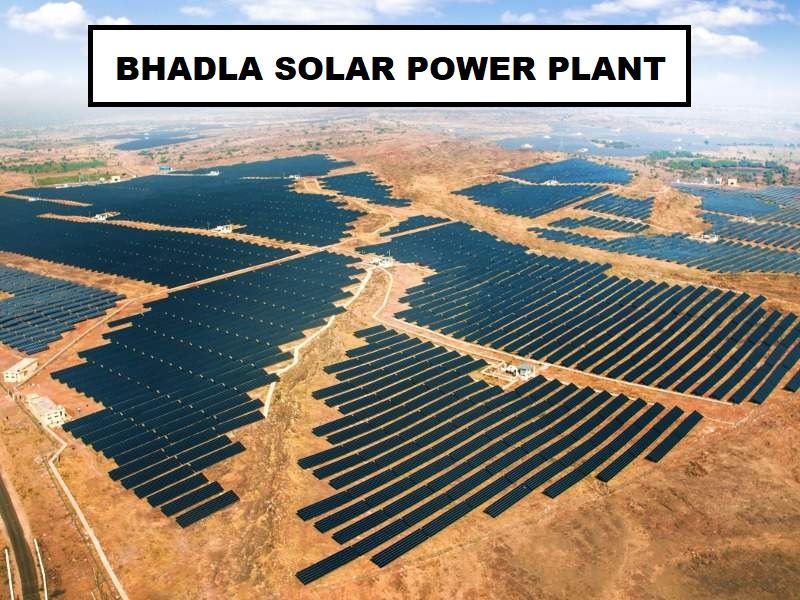
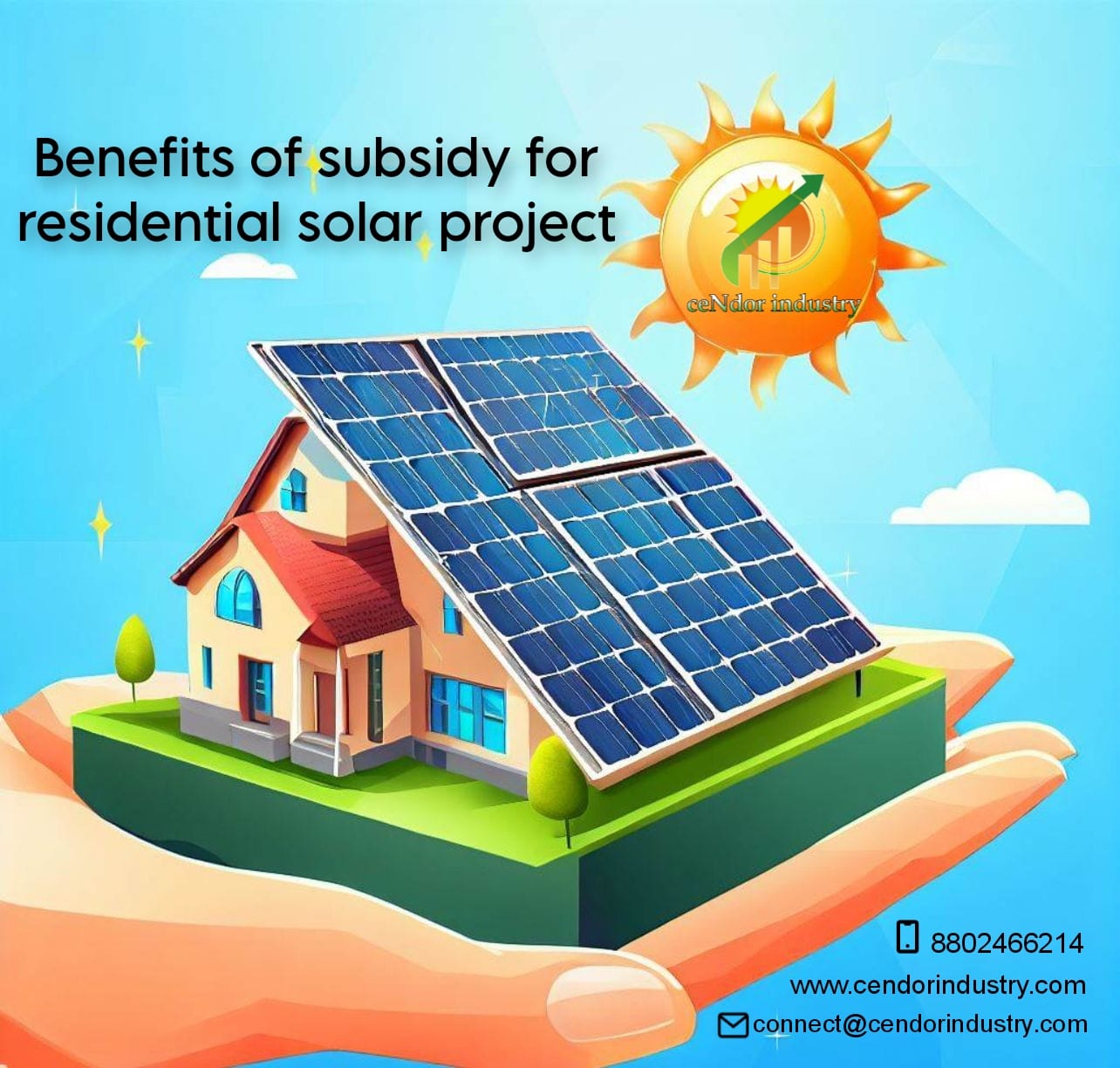
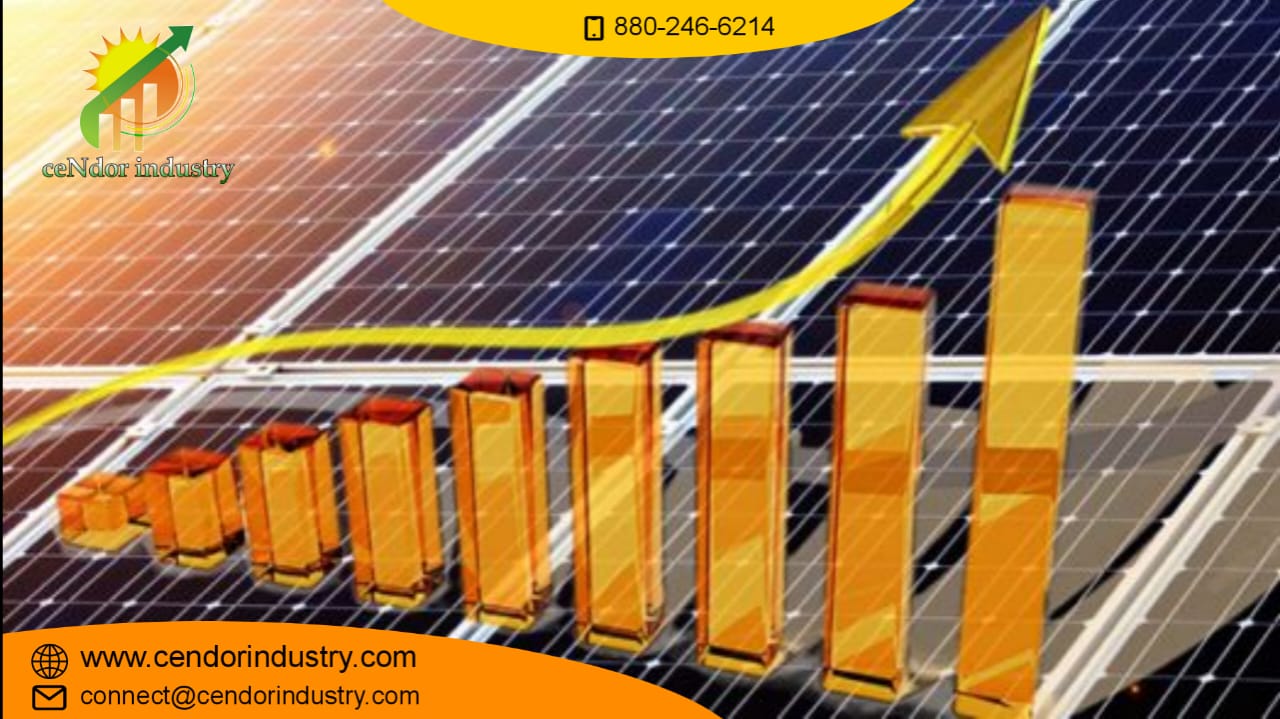


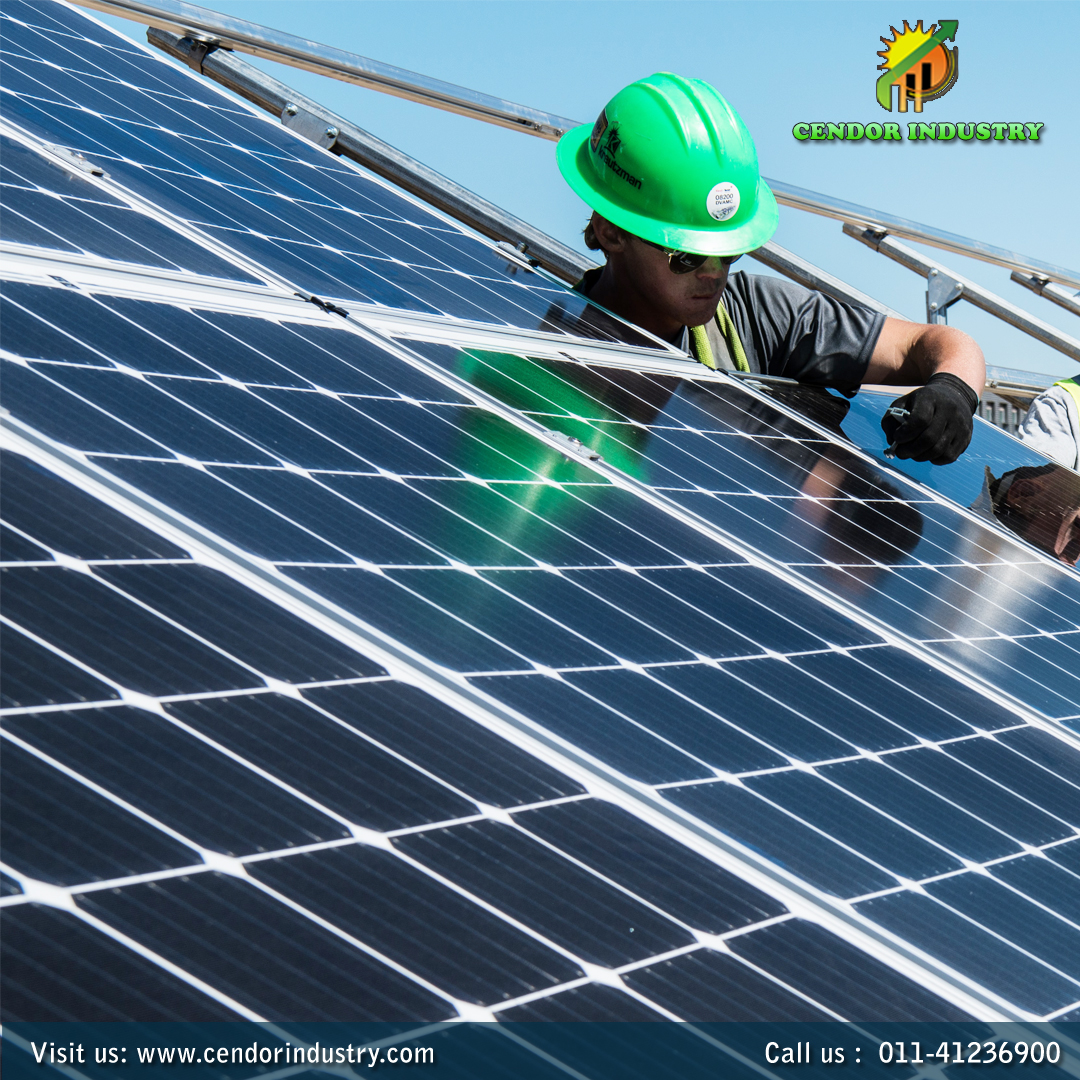


_and_DC_Mode_(Cendor))1.jpg)
